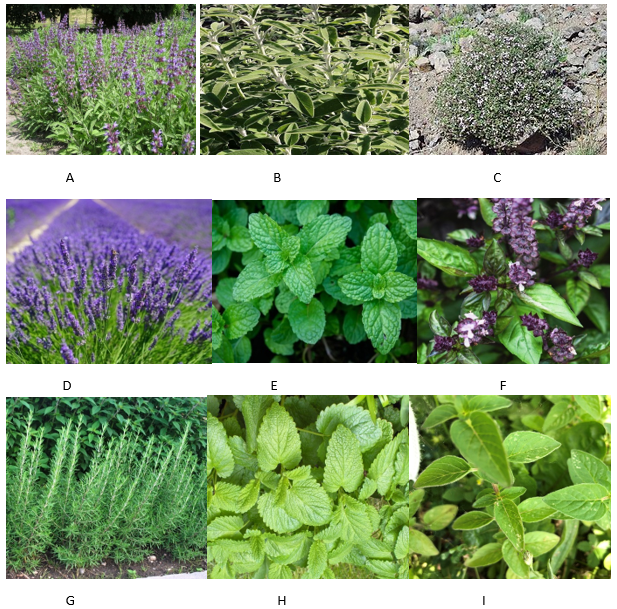JOURNAL 3521
Records of Natural Products
Year: 2025 Issue: Special Issue:Lamiaceae Family: Phytochemistry, Pharmacology, Ethnopaharmacology, Ethnobotany and as Food Soruce
p.466 - 487
Viewed 16 times.
GRAPHICAL ABSTRACT

ABSTRACT
Through ethnobotanical, pharmacological, and phytochemical data of the Lamiaceae family of inflammatory, cardiovascular, diabetes, Alzheimer's disease, cancer, and gastrointestinal disorders, this study aims to gather knowledge on traditional usage. The necessity to guarantee the safety, effectiveness, and purity of herbal medicines is underscored by the long tradition of folk medicine's use for therapeutic purposes. As this need has increased throughout the years, collective attempts have been made to conserve priceless information about therapeutic plants and to archive records of the past. The family Lamiaceae, sometimes known as Labiatae, is well known for its wide variety of medicinal herbs. The leaves, flowers, roots, bark, fruit, twigs, seeds, and other components of Lamiaceae species may be separately utilized for medicinal purposes. A multitude of plants in the Lamiaceae family have been used in traditional medicine to treat a variety of illnesses. The members of the Lamiaceae family are found across the Mediterranean area. Also, some biochemical and pharmacological analyses have been used to investigate the biological activity of Lamiaceae species. Its pharmacological qualities have been confirmed by the thorough study, which has shown that numerous bioactive characteristics of this plants possess wound healing, immunomodulatory, antioxidant, antidiabetic, anti-Alzheimer’s disease, enzymes inhibitory, antiviral, antibacterial, anti-inflammatory, anticancer, antihypertensive, and antileishmanial effects. This thorough analysis provides a perceptive synopsis of the Lamiaceae family, clarifies the extraction techniques used to produce therapeutic organic compounds, investigates the phytoconstituents found in Lamiaceae medicinal plant species, and systematically describes the family's diverse range of pharmacological properties.
KEYWORDS- Lamiaceae species
- antioxidants
- phytochemistry
- ethnobotany
- ethnopharmacology
- phenolic compounds